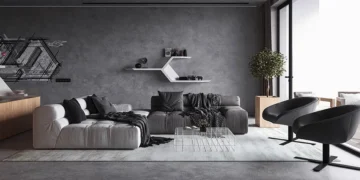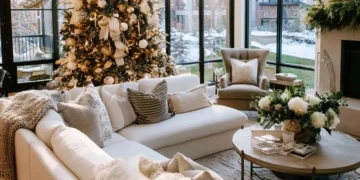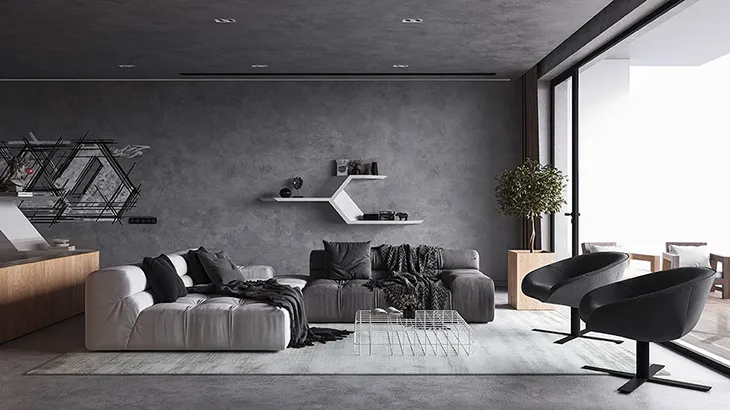
If you’ve walked into a trendy loft recently and thought, “This place could use a little something,” well, you’re not alone. Millennial Grey has had its time to shine, but it might be time to rethink your color palette.
The thing is, we’re all for sleek, minimalist vibes (who isn’t?), but when even your high-end piece of furniture looks like it could blend into a cement factory, we’ve got a problem. So, what’s all the fuss around this color about, and why are so many people swearing by it or swearing at it?
What Does “Millennial Grey” Mean, Anyway?
The term Millennial Grey was coined to reflect how this shade took off with the millennial generation, especially as the younger demographic began favoring minimalist and neutral aesthetics. It represents a clean, no-frills approach to design, where you go neutral “just in case”. If you’ve seen that viral edra piece of furniture, you know what we’re talking about.
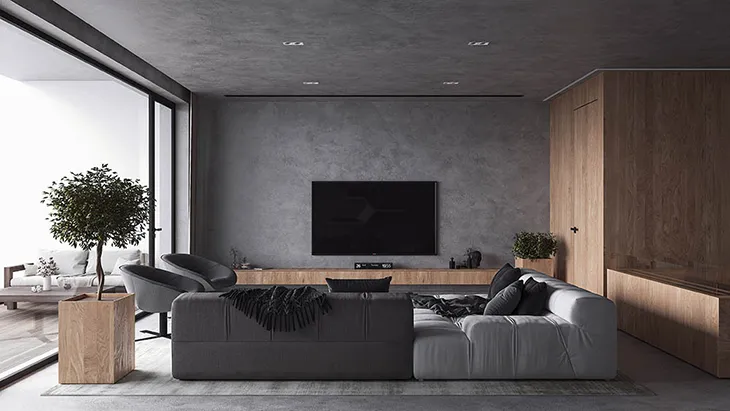
How Millennial Grey Became a Thing
So, how did we get here? Millennial Grey gained popularity as part of a broader trend toward minimalist design and Scandinavian-inspired interiors, which focus on neutral tones, clean lines, and functional beauty. This color was seen as timeless, easy to integrate into any space, and perfect for creating a calm and collected atmosphere. But somewhere along the line, it became too ubiquitous. Initially, it was loved for its sleek, modern vibe, but over time, it started to feel cold, impersonal, and uninspiring. Think of it as that one friend who’s fun at first, but after a while, you need a little variety to keep things interesting. The color’s popularity began to saturate every corner of design: from office spaces to luxury furniture collections.
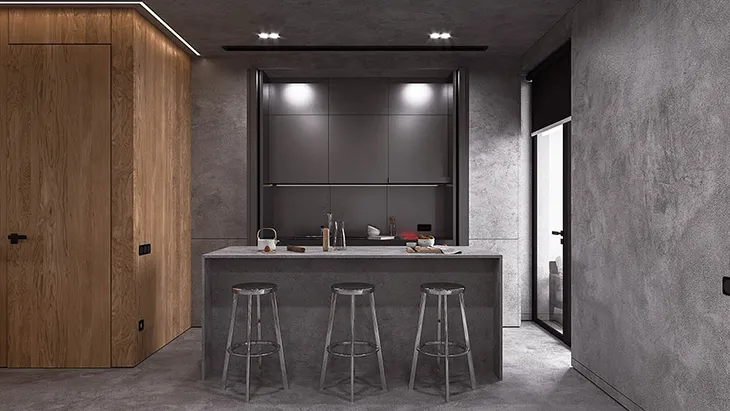
Who Loves Millennial Grey?
Millennial Grey is adored by people who appreciate clean, simple lines and neutral tones. It’s especially loved by those who want their homes to feel modern but not too edgy. In the world of luxury design, it also fits in perfectly (apparently). But here’s the thing: it most of the times feel like you’ve stepped into a design magazine rather than a home. It lacks the warmth and personality that make a space truly inviting. For some, Millennial Grey may even start to feel like an interior design cliché: chic at first, but eventually a bit soul-sucking.
Who Hates Millennial Grey?
Its decline has less to do with the minimalist trend, which has every reason to carry on, and more to do with the idea that the objects around us have to tell us something and make us feel good. Perhaps even the pandemic period, which forced us to isolate ourselves in our homes, made us feel sad and bored by the grey walls that once seemed so fashionable. It is now clear that our own houses should make us feel at home. They should convey warmth and peace, they should speak of us, they should be something unique and personal, not the same as a workplace.
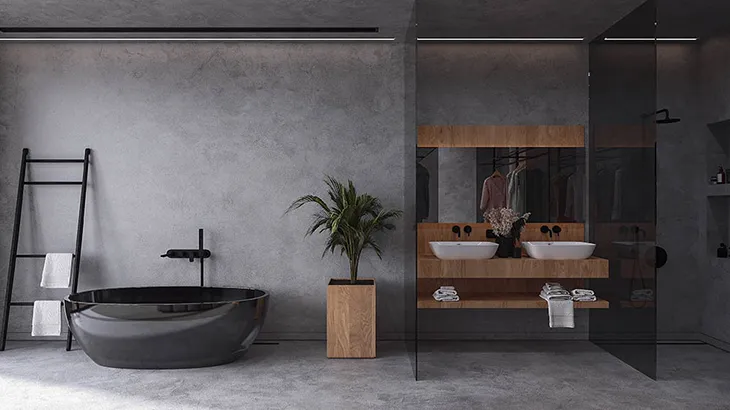
How to Break Free from Millennial Grey
It’s not an easy transition to color when you’ve been used to grey for so long. But if you’re ready to ditch the dreary grey and inject some energy and life back into your space, here are a few ways to break free:
- Draw Inspiration from the ’70s: The era’s use of bold colors, glossy finishes, and experimental designs can breathe new life into your home. Integrate vintage-inspired elements like rich mustard yellows, deep oranges, or teal accents for a refreshing and warm change.
- Use Pinterest to Discover New Ideas: Start by saving images of interiors that speak to you on Pinterest. Even if they don’t seem like an immediate fit, keep collecting. Over time, you’ll notice a pattern in your preferences and figure out how to incorporate them into your space.
- Start with Soft Pastels: If you’re hesitant about color, start small with pastel tones. Soft shades of blush, sage, or powder blue can warm up your space while keeping things calm and collected. They add just enough personality without overwhelming your grey base.
- Add Color Gradually: There’s no need to rush a full color makeover. Start by introducing a pop of color, whether it’s a burgundy lamp, an orange throw pillow, or a deep blue rug. Slowly layering in color will keep your space fresh and interesting while avoiding an overly chaotic feel.
Are You a Bit at a Loss for Color in your Home?
If you’re feeling unsure about adding color to your space, a great place to start is by working with an interior designer. They can help you select colors that complement each other and create a space that truly feels like you. But if you’re not ready for a full overhaul, consider refreshing the room with a few key pieces: a statement armchair or a bold coffee table, for example. There are plenty of places to shop for high-quality design furniture that offers a range of colors and finishes to suit your taste. One of the sites for those looking to add some personality to their home is Tomassini.com, as it carries a curated selection of top design brands, and its customer service team is always ready to guide you in making the right choices. Even small updates, with the right choices, can make a huge impact in transforming your home into a space that truly reflects your style.
Images from Nash by Stipfold – see full article here.
